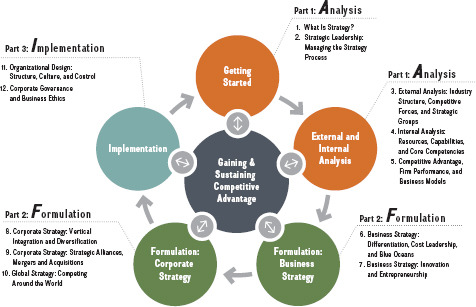Additive Manufacturing Can Use Which of the Following Materials Quizlet
With use cases that include everything from hinging mechanisms and lattices to end-user products Elastic ToughRubber 90 is one of the most adaptable materials used for Additive Manufacturing available. E cad systems supply data for 3-d printing.

Mastering Microbiology Ch 7 Flashcards Quizlet
Precious metals like gold silver and platinum can also be additively manufactured.

. These materials can include metal powders plastic or ceramics. Thermoplastic polymers remain the most popular class of additive manufacturing materials. A manufacturing process uses manufacturing methods operations scheduling software machinery and labor to transform raw material into the finished product.
The reasons for the low adoption rates vary by industry company size and product type. Additive manufacturing can use which of the following materials a. C 3-d printing can create objects from plastic metal or composite materials.
Yes 3D printers use this same technique. Three types of materials can be used in additive manufacturing. B 3-d printing is often used to fashion items for small production runs.
This raises a number of questions for the shop. Each manufacturing process transforms the material through a different process. Three types of materials can be used in additive manufacturing.
While the two processes have many similarities on the surface subtle differences may mean youll want to use one term over the other. It can be a daunting task. Below we have highlighted the top 10 materials that are often used in additive manufacturing.
Have impacted the manufacturing sector only. Acrylonitrile butadiene styrene ABS polylactic acid PLA and polycarbonate PC each offer distinct advantages in different applications. A concept that brings product engineers process engineers marketers buyers information specialists quality specialists and suppliers together to design a product and the processes that will meet.
Broadly there are five manufacturing processes and most businesses that create products will fall into one of these five categories. As is implied by the name additive manufacturing works by adding materials to create an object by building it layer by layer. Polymers ceramics and metals.
For an additive operation the material is delivered in a bucket. One-part one-pot polymer system. It is biocompatible and hence majorly used in medical implants.
A term to describe the technologies that build three-dimensional 3D objects by adding layers of material such as plastic metal or concrete. D unlike traditional techniques 3-d printing results in some wasted material. Most manufacturing shops deal with bulk material.
Have failed to change the level of customer interaction with an organization. Joins together layers of material to build a part. Though they are used on an extremely small scale but some companies do make use of these materials.
All seven individual AM processes cover the use of these materials although polymers are most commonly used and some additive techniques lend themselves towards the use of certain materials over others. All of these 43. Have had only a limited impact on services.
Picking up the right material for the right process comes down to several factors such as material type texture cost printing technology. How can technology help with disabilities. And according to a UPS report additive manufacturing represents only 004 of the global manufacturing market.
All seven individual AM processes cover the use of these materials although polymers are most commonly used and some additive techniques lend themselves towards the use of certain materials over others. Unlike traditional manufacturing which whittles down material until the needed shape appears additive manufacturing adds material to build up the design. Polymers ceramics and metals.
Common to AM technologies is the use of a computer 3D modeling software Computer Aided Design or CAD machine equipment and layering material. Additive manufacturing can augment and in some cases totally replace traditional methods of creating objects by machining cutting turning shaping milling and other. Nylon or Polyamide is a.
14 Questions Show answers. Additive manufacturing is the process of creating an object by building it one layer at a time. Additive mfg uses much less material than other subtractive mfg processes.
5 Additive manufacturing is a. The material is lightweight and shows excellent mechanical properties. Additive manufacturing AM is defined by the ASTM society as a process of joining materials to make objects from 3D model data usually layer upon layer as opposed to subtractive manufacturing methodologies 1.
Which of the following is a hybrid sheet lamination process that uses vibrations to bond together layers of metal foil. It is the opposite of subtractive manufacturing in. Which powder bed fusion PBF method can use polymer ceramic or composite build materials.
They get a big chunk of aluminum for example machine it down and then are left with barrels of chips which a company comes to haul away. A 3-d printing is also known as additive manufacturing. Additive Manufacturing AM is an appropriate name to describe the technologies that build 3D objects by adding layer-upon-layer of material whether the material is plastic metal concrete or one dayhuman tissue.

Meen 361 Final Review Flashcards Quizlet

No comments for "Additive Manufacturing Can Use Which of the Following Materials Quizlet"
Post a Comment